Technological Innovations
Technological advancements play a pivotal role in shaping the Ship to Shore Cranes Market. Innovations such as automation, remote control systems, and advanced sensor technologies are transforming crane operations, enhancing safety and efficiency. The integration of Internet of Things (IoT) devices allows for real-time monitoring and predictive maintenance, reducing downtime and operational costs. Furthermore, the development of electric and hybrid cranes aligns with the industry's shift towards sustainability. As ports increasingly adopt these technologies, the demand for modern ship to shore cranes is expected to rise. Market data suggests that investments in crane technology could reach billions in the coming years, reflecting the industry's commitment to modernization and efficiency. This trend indicates a robust growth trajectory for the Ship to Shore Cranes Market, driven by the need for advanced operational capabilities.
Increasing Container Traffic
The Ship to Shore Cranes Market is experiencing a notable surge in demand due to the increasing container traffic across ports. As global trade expands, the volume of containers being transported has risen significantly, necessitating more efficient loading and unloading solutions. According to recent data, container throughput at major ports has shown a steady growth rate of approximately 4% annually. This trend indicates that ports are investing in advanced crane technologies to enhance operational efficiency. Consequently, the demand for ship to shore cranes is likely to rise, as these cranes are essential for handling larger vessels and higher container volumes. The need for improved logistics and faster turnaround times further propels the growth of the Ship to Shore Cranes Market, as stakeholders seek to optimize their port operations.
Expansion of Port Infrastructure
The expansion of port infrastructure is a critical driver for the Ship to Shore Cranes Market. As countries invest in enhancing their port facilities to accommodate larger vessels and increased cargo volumes, the demand for ship to shore cranes is expected to rise. Recent reports indicate that several regions are undertaking significant port development projects, with investments reaching billions of dollars. This expansion often includes the construction of new terminals and the upgrading of existing facilities, which necessitates the procurement of advanced crane systems. Furthermore, as ports aim to improve their competitiveness, they are likely to adopt state-of-the-art technologies in crane operations. This trend indicates a robust growth potential for the Ship to Shore Cranes Market, as infrastructure development aligns with the increasing need for efficient cargo handling solutions.
Regulatory Compliance and Safety Standards
The Ship to Shore Cranes Market is significantly influenced by stringent regulatory compliance and safety standards imposed by various governing bodies. These regulations are designed to ensure the safe operation of cranes, minimizing accidents and enhancing worker safety. As ports strive to meet these standards, there is a growing demand for advanced crane systems that incorporate safety features such as overload protection and emergency stop mechanisms. Compliance with these regulations often necessitates the upgrading of existing crane systems, thereby driving the market for new ship to shore cranes. Additionally, the emphasis on safety can lead to increased operational efficiency, as well-maintained and compliant cranes reduce the likelihood of costly downtime. This regulatory landscape suggests a sustained demand for innovative solutions within the Ship to Shore Cranes Market.
Focus on Sustainability and Environmental Impact
The Ship to Shore Cranes Market is increasingly influenced by the focus on sustainability and reducing environmental impact. As global awareness of climate change and environmental issues grows, ports are seeking to implement greener technologies in their operations. This includes the adoption of electric and hybrid cranes, which produce lower emissions compared to traditional diesel-powered models. Additionally, the integration of energy-efficient systems and renewable energy sources is becoming more prevalent in crane operations. Market data suggests that investments in sustainable crane technologies are likely to increase, as stakeholders prioritize eco-friendly solutions. This shift towards sustainability not only aligns with regulatory requirements but also enhances the reputation of ports as responsible entities. Consequently, the emphasis on sustainability is expected to drive growth in the Ship to Shore Cranes Market, as companies seek to modernize their operations while minimizing their environmental footprint.


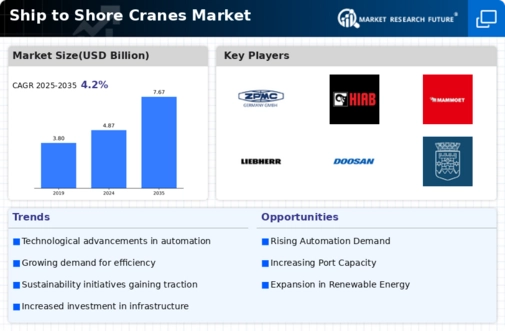
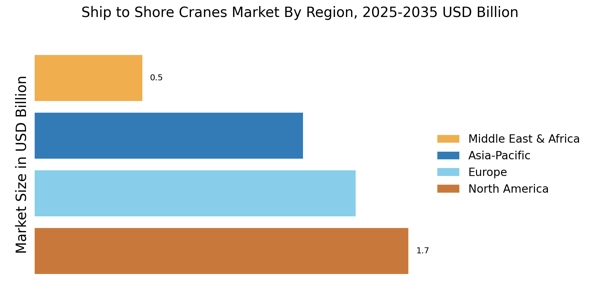
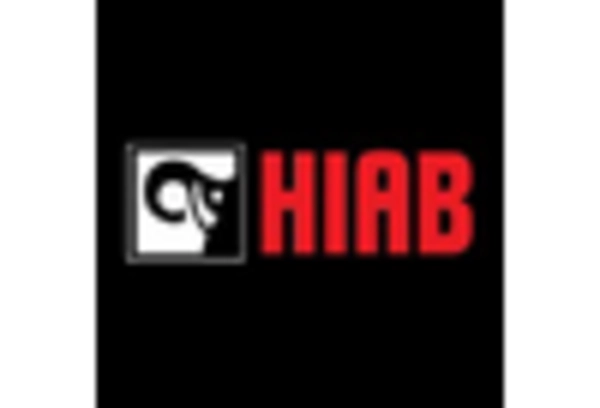


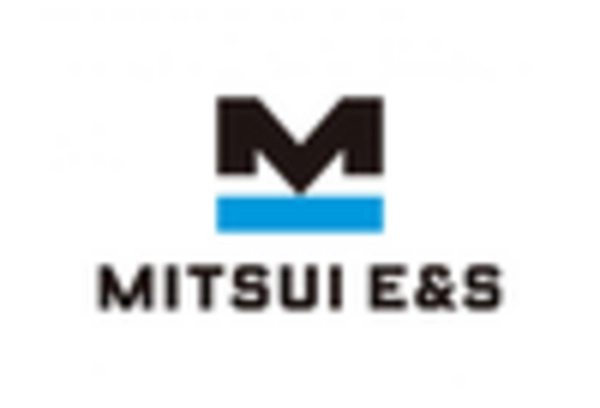
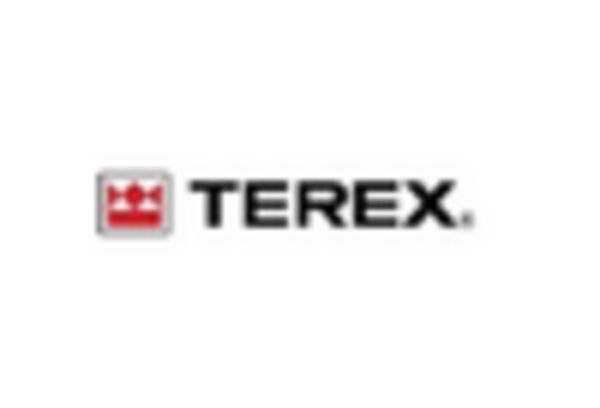









Leave a Comment